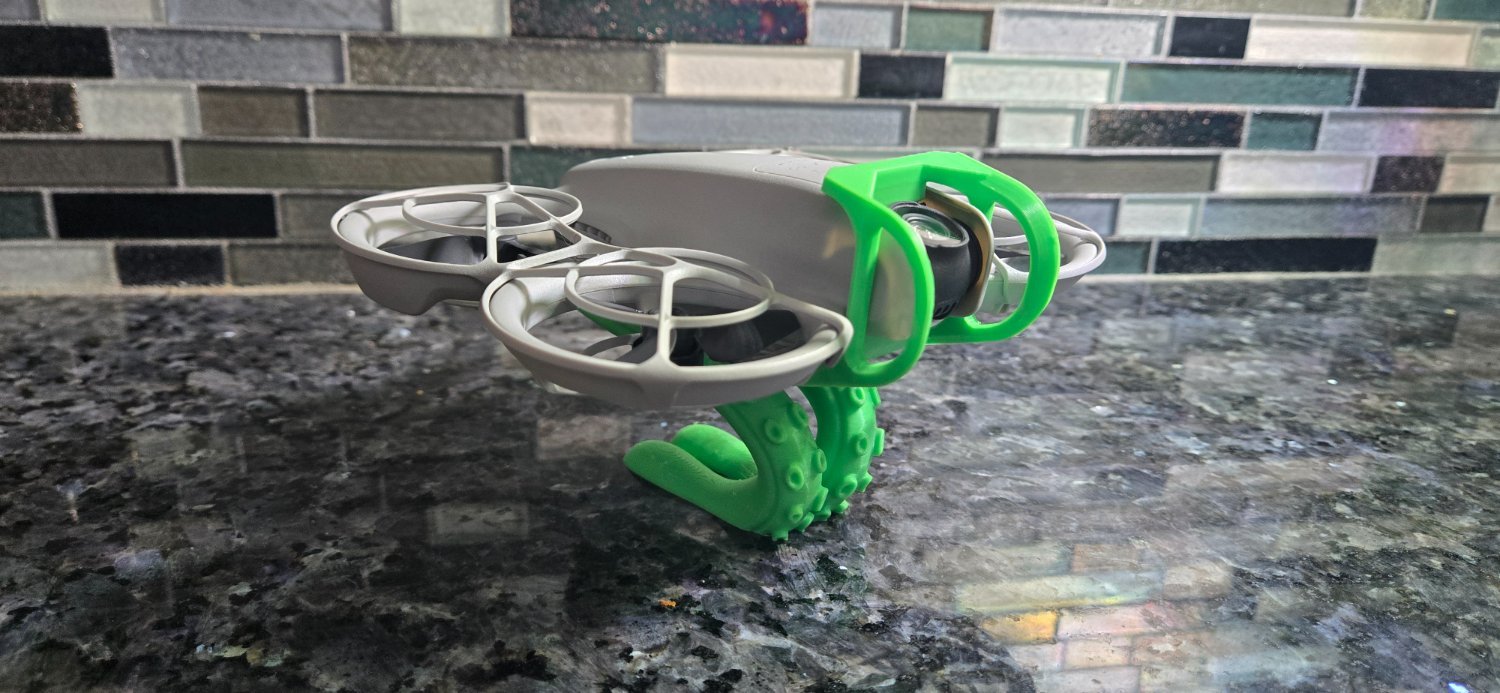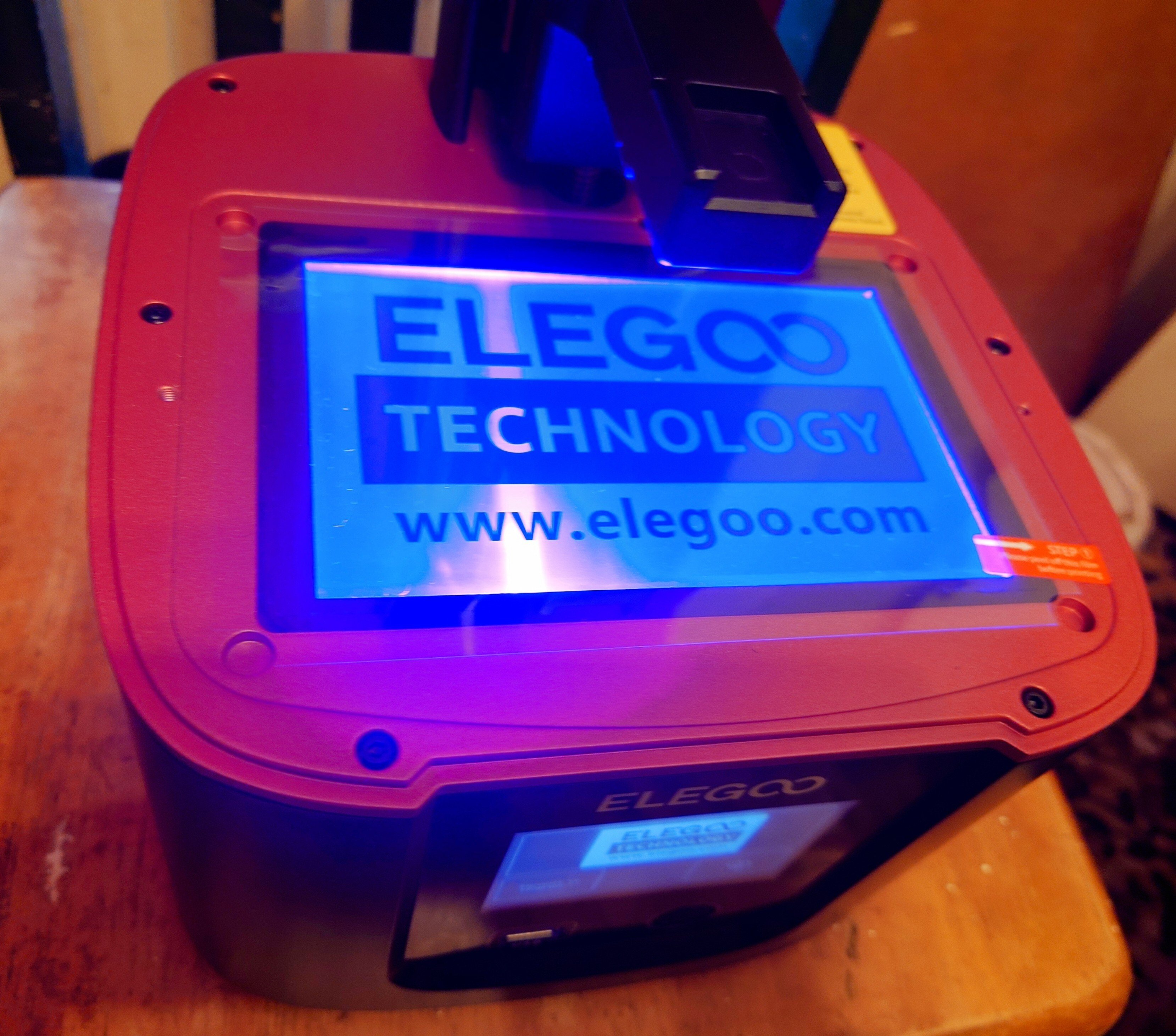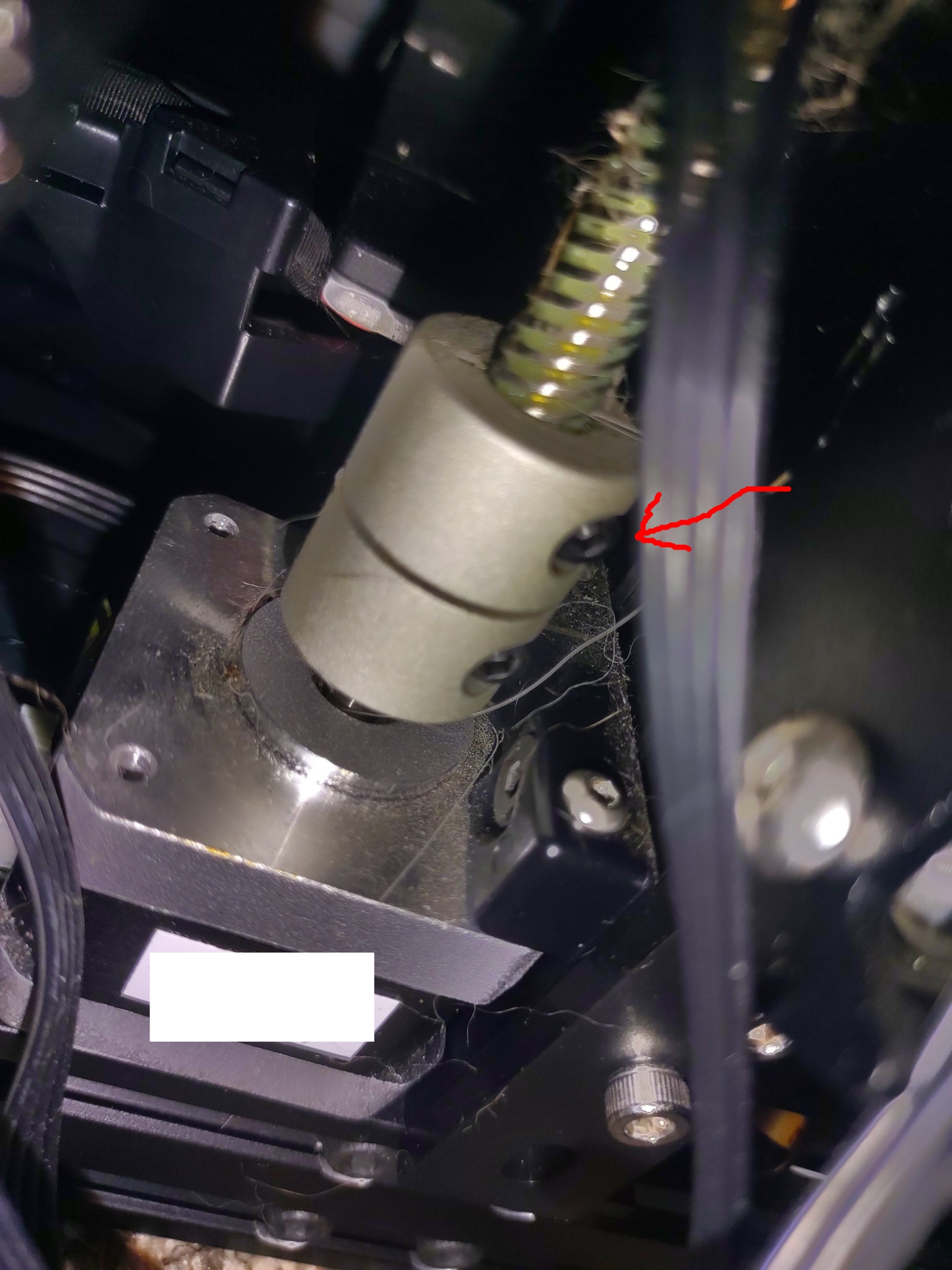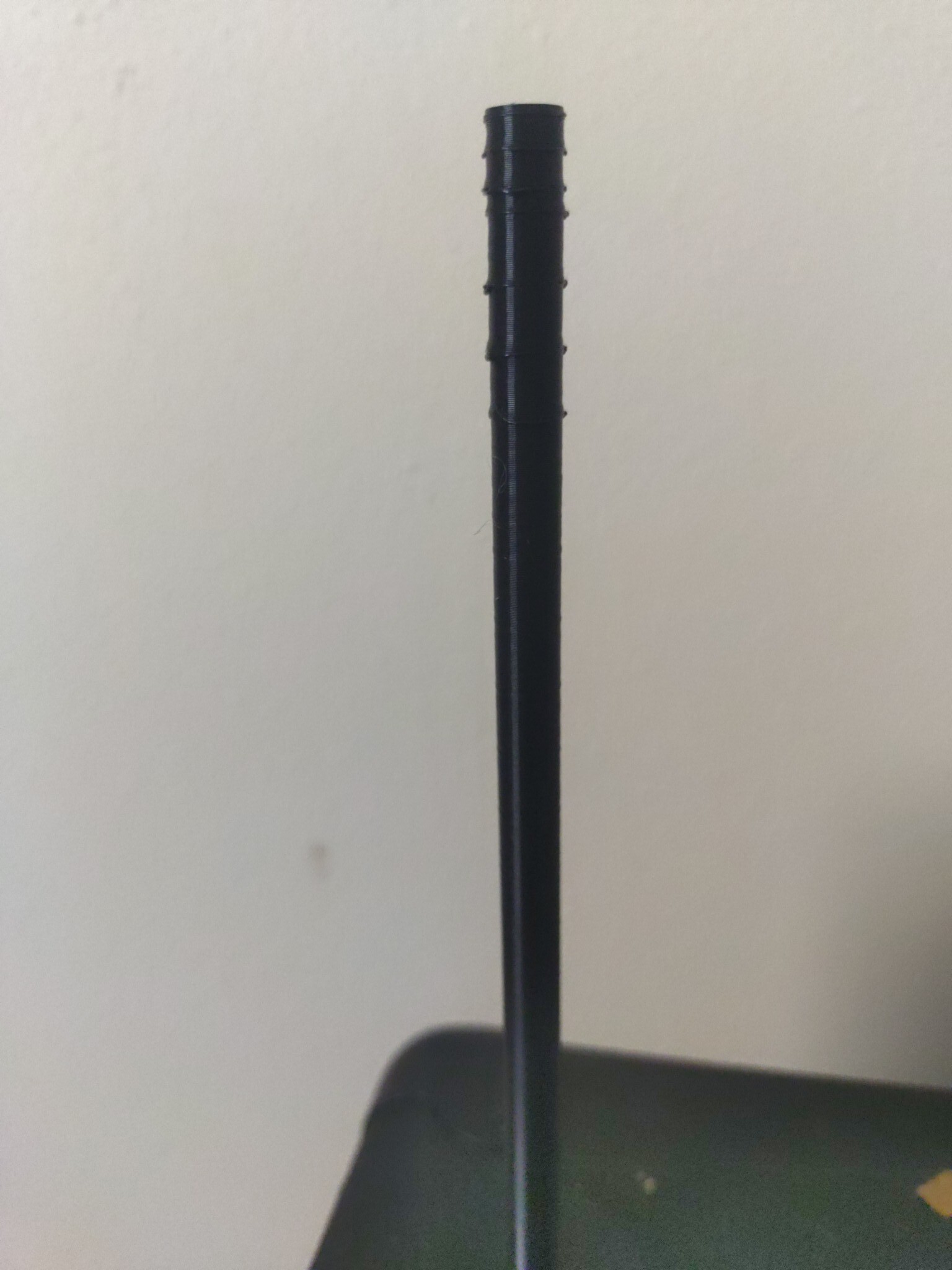3D Printing
4527 readers
43 users here now
For everyhting 3D printing related.
Please be excellent to each other :)
Icon by Freepik, Banner photo by Thiago Medeiros Araujo
founded 4 years ago
MODERATORS
1
2
4
5
6
19
[BambuLab Blog] - Firmware Update Introducing New Authorization Control System
(blog.bambulab.com)
7
8
9
10
11
68
I finally found cheap donor sunglasses for my 3D-printed clip-on shades
(raw.githubusercontent.com)
12
13
14
15
16
17
18
31
Designed this coaster, because I wanted something tidy looking and dual color, without filament changes
(media.printables.com)
19
20
21
22
23
24
25
view more: next ›


















